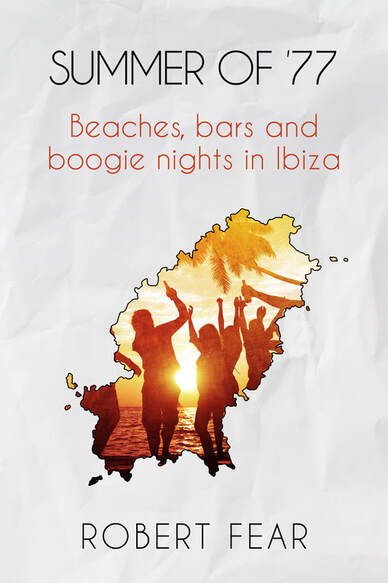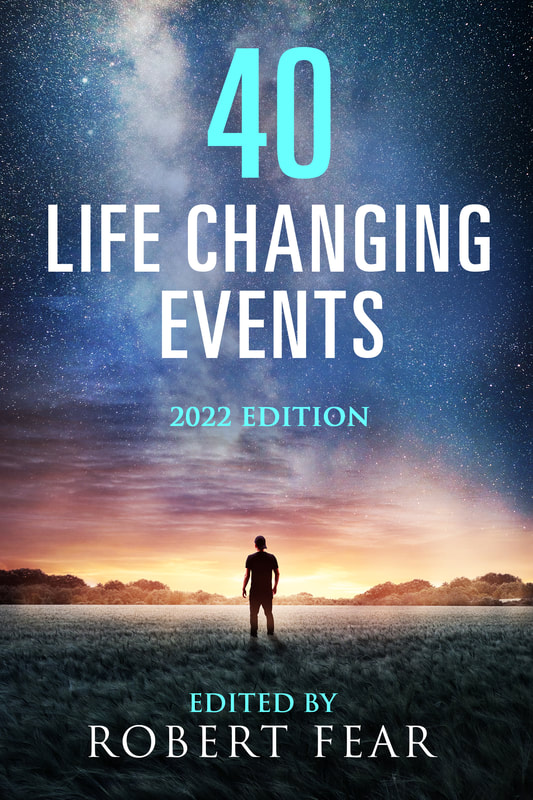David Bowie’s Berlin by James Robertson
What was left of the Berlin Wall wasn’t much to see. Some pockmarked concrete slabs held together with thick wire that could be seen through the weathered holes in the facade. I touch it, cold and unappealing, with the back of my hand. Looking from left to right, I see the edges of this section of the wall, cut off before it could run along the busy street nearby, as it once did.
I am only a traveller in this city, at one particular point in time. But not long ago everything was different. This one city was two cities. And an artist of the most inspired degree walked this same wall. Barbed wire clustering the peak. Germans guards surveying the area with their binoculars. David Bowie dragging a cigarette as he traipsed through the fog.
The famous British rock icon had moved to Cold War-era Berlin from the ritz and glamour of Los Angeles to escape the limelight and, more importantly, to recover from his crippling cocaine addiction. It was the perfect place for Bowie to relocate; he could walk the streets of Berlin without being recognised. It was here where Bowie found inspiration to channel an exciting new chapter in his life and career.
As I walk down the Hauptstrasse, icy breath filling my lungs, I come to a tall, cream-coloured apartment building. At the front door, a few scattered flowers are laid. I look up at the unassuming block of flats, gazing on the screeching cars and preoccupied pedestrians.
In this exact building, Bowie lived with fellow rock star Iggy Pop; that was until Pop was thrown out of the flat for stealing from Bowie’s fridge once too often. They spent their time in the late 70s hanging in cafés, partying in nightclubs and, most importantly, collaborating. Iggy Pop’s first record, titled “The Idiot”, was mainly co-written by Bowie, with even one of the album’s tracks “Nightclubbing” referencing the nights they spent in Berlin together.
The next stop on this Bowie tour of mine is the Hansa Tonstudio. A regal-looking building with white pillars descending the facade. Now this house of music faces a couple of newly created office buildings, but once those windows looked out upon a very different kind of obstruction.
Throughout 1977, Bowie spent time at the Hansa Tonstudio creating the first two parts of what would go on to be known as the Berlin Trilogy; “Low”, “Heroes” and “Lodger”. Although only “Heroes” was fully realised within the divided city; and it shows. The eponymous track evocatively paints an image of the Berlin Wall that Bowie would’ve seen from his studio window. “I can remember, standing by the wall, and the guns shot above our heads, and we kissed, as though nothing could fall” he sang over rippling synths and guitar, manufactured by ambient music giant Brian Eno.
Bowie painted a picture of love and hope in Berlin’s most desperate chapter, but what he saw in actuality was his producer, Tony Visconti, having an affair with one of the backing singers. The two met every day by the side of the wall. However, it did not matter; the image of hope that Bowie desired would one day prevail.
I take the S Bahn from Potsdamer Platz until I reach Brandenburger Tor, walking up past the royal gate that was once choked by the concrete barriers. I make my way along the road to the side of the Reichstag, the German parliament building. An imperial construction, it had been given new life with a renovation and the inclusion of a glass dome atop the roof for people to look out at the rest of the city.
The Reichstag meant nothing to Bowie in the late 70s. He had no occasion to visit, as it had been in disrepair since the 60s. But, when Bowie would return to Berlin in 1987, he came for a special reason. In front of the Reichstag, he played to a crowd of thousands of West Berliners, with a similarly sized crowd forming just over the wall in East Berlin. Bowie sang his heart out to “Heroes”, the song penned for those trapped comrades across the border. The next day, huge riots broke out across East Berlin, spurred on by Bowie’s music. A week later, Ronald Reagan would demand the Berlin Wall be brought down.
Now the Reichstag is not just the site of a cool concert venue, it is the home of the reunified German state; black, red and yellow flying over this governmental building. The city that inspired arguably Bowie’s greatest work of art inadvertently caused its freedom. Upon his death in 2016, the German government publicly thanked David Bowie for his part in bringing down the Berlin Wall.











